What Movies Get Wrong About Small Town America
Coffee, Orange Juice, Third Places and Hollywood's misrepresentation of rural life in the USA
When consuming content these days, we often hear of mind-bogglingly large numbers: The size of the observable universe. The amount of individual bacteria that make up your gut microbiome. How much carbon dioxide is contained in the world's stock of bottled fizzy drinks.
But in the film industries of New York, Los Angeles, and London? Some numbers are mind-bogglingly small.
I grew up in Littleton, New Hampshire, a small town nestled in the White Mountains, on the border of Vermont, with a population of roughly 5,000. Surrounded by towns with populations hovering from five hundred to fifteen hundred, Littleton is considered the “city” of the area by some.
At eighteen, fresh “off the boat” from rural New England, I attended college in New York City. As a film and television major at New York University, I was invited to various film screenings meant to inspire students. One such screening was for the 2011 remake of Footloose, directed by Craig Brewer. Throughout the film, the filmmakers were clearly trying to establish the setting as a tiny southern town. In one crucial sequence, the camera lands on a highway sign reading “ WELCOME TO BOMONT Pop. 19,300.”
You’d be hard-pressed to find a highway sign reading the latest census population numbers for any town, but the real shock for me came from the number. “19,300 is a small town?” I thought, exclamations and all. “This is the most unrealistic movie I’ve ever seen!”
I later spoke with the professor who hosted the screening about this, explaining my hometown experience. “Only 5,000 people…” he mused. “There’s more people than that on this block.”
This post is the first in a two-part series I’ll be writing about small-town USA. Here, we’ll talk about movies that do it wrong. Next time, we’ll talk about movies that got it right.
Three Billboards Outside Ebbing, Missouri + Hillbilly Elegy
Nominated for Best Picture at the 2018 Oscars and winning Best Drama at the Golden Globes, Three Billboards Outside Ebbing, Missouri was a divisive film. After a teenager is raped and murdered in small-town USA, the film follows mother Mildred Hayes (Frances McDormand) as she rents out three billboards taunting the police force for their lack of arrests in connection to the case.
Many were upset by the redemption arc given to a trite racist cop played by Sam Rockwell. Others said the comedic moments didn’t quite land. In my book, the wildly inaccurate portrayal of rural America was by far the film’s worst offense.
While it's true that a particularly extroverted individual might know most of their fellow residents in a rural US town, this film’s municipality seems to be home to no more than ten individuals. If the town is big enough to have its own police force, surely there must be a few hundred residents at the least.
Small-town police departments certainly might be dysfunctional, but I think the issue is a little more complex than the bigoted-right-wing-ape-like Officer Dixon Sam Rockwell portrays.
In one scene, Dixon ends up injured and recovering in the same hospital room with another man he threw out of a window in a childish fit of rage days prior. The orange juice is meant as an olive branch extended to an officer who really doesn’t deserve it. We see Dixon tear up, realizing the error of his bigoted and violent ways. In reality, I’d have a hard time believing an officer as stereotypically vicious and prejudiced as Dixon would change his tune so quickly. Then again, I don’t think many such people with such facile, one-note motivations for their cruelty actually exist.
Our main character, Mildred, is near-constantly costumed in dirt-tinged coveralls despite her job at a local gift shop. In reality, a woman with her job might be decked out garments from TJ Maxx, local makers and boutiques, or perhaps outlet malls she drives hours to get to once a quarter, depending on her personal tastes. “Ebbing is as real a place as Narnia,” Wesley Morris writes in the New York Times.
2020’s Hillbilly Elegy, based of J.D. Vance’s memoir recounting life in Appalachia, faced similar criticisms. “As a hillbilly born and raised (in rural west Tennessee), I’m very used to seeing rural American life painted with broad strokes,” Aja Romano says of the film in Vox. “Every scene of Hillbilly Elegy is designed to mix the laziest form of pathos with the laziest form of social commentary and present it with the most condescending tone of profundity.” Watching the cinematic world of Hillbilly Elegy, many thought drug addiction and domestic abuse were portrayed as uniquely rural, when in reality these are issues relevant across the country.
In a way, these recent on-screen depictions of United States small towns are a kind of lazy fantasy: Wouldn’t it be nice if small towns were this simple? If rural populations could so easily fit into stereotypes and were so easily psychoanalyzed?
Small Town USA as Holiday Fantasy
Hallmark, Lifetime, and by a lesser extent, Netflix, consistently distribute a deluge of Christmas-themed romantic comedies set in small towns. The plot often involves either the female or male lead leaving their big-city life and job behind to go to small-town U.S.A. (and occasionally Canada) for the holidays, where they inevitably fall in love.
In 2021’s Single All The Way, a Los Angelenos gay man and his best friend head to his family’s home in New Hampshire for a quick Christmas visit, and end up falling in love and moving to New Hampshire to run a plant store in a walkable downtown.
The film is the ultimate example of Hollywood glossing over rural life’s more inconvenient truths. In a review of the movie, New Hampshire Public Radio writes, “how many small New Hampshire towns with a population of just over 1,000 have a spin studio?” (To that point, in my eighteen years living in New Hampshire, I never had the pleasure of bumping into Ugly Betty’s Michael Urie or The White Lotus’s Jennifer Coolidge on the street.)
Single All The Way presents the small-town fantasy on a silver platter: Why would you ever think of moving to the big city when work opportunities, close-knit families, and affordable lifestyles are in endless supply over in Nowheresville? I can just picture the Hollywood romcom writers, hunched over a laptop in their drafty, expensive city apartments, fantasizing about a life outside of the cities their occupation requires them to live in.
In these yuletide romance flicks, big-city life is often associated with stress and materialism. Yet the actual lifestyles portrayed in these so-called small towns are surprisingly urban. As Dylan Reid notes in Spacing, “the towns portrayed in these Christmas movies possess the walkability, active public spaces, and low motor vehicle presence that urbanists strive for. They have thriving, walkable main streets full of independent retail shops tightly packed together… And everyone is always crossing the street safely mid-block despite not looking both ways, because vehicle traffic is always somehow limited and slow. ”
Of course, real small towns within the car-centric United States aren’t always so perfect. The data I could find on walkability specifically was a bit of toss up. (About 30% of rural US residents who responded to a 2018 AARP survey said they walk regularly for at least some trips. At the same time, about 25% of car accidents injuring pedestrians and bicyclists occur on rural roadways, often due to cars traveling at higher speeds and lack of controlled road crossings.) More to the point: Walkability often goes hand in hand with public spaces. Parks, town squares, places to sit, walk, and chat with neighbors.
Cafes, Bars, and Third Places on Screen
For those who haven’t heard the “third place” online chatter: The term was coined by sociologist Ray Oldenburg to describe a third place one frequents during their typical day, which is to say, places one frequents that do not fall under the environmental categories of home, school, or work.
Third places are vital to most American sitcom television shows. From Central Perk in Friends, Monk’s Cafe in Seinfeld, Cheers in Cheers: Some of the most popular television comedies of all time feature bars and coffee shops the characters frequent before or after their work days.
The TV show Gilmore Girls (2000-2007, and later a limited reboot in 2016) portrays a picturesque Connecticut town that has charm, walkability, and independent shops, all while allowing a single mother the option to have a house with a nice large yard a few minutes walk from her favorite coffee shop, Luke’s Diner.
Leading up to the show’s reboot in 2016, Netflix held a series of promotional events during which fans could purchase coffee in “Luke’s Diner” coffee cups from a variety of coffee shops in New York City. When I, a Gilmore Girls megafan, arrived at such a coffee shop in Greenwich village to get my inaugural cup of joe, the line stretched around a few blocks, and took about two hours to get through. (Made all the more ironic when the series premiered and featured an episode making fun of New Yorkers waiting in long lines, but I digress.)
I came to the realization that, while I loved Gilmore Girls for its quick-witted characters and comedic overdramatization of small-town life, urbanites might not only believe rural America is just as idyllic as it’s portrayed in the show, they could be desperate for it.
With the cost of living rising, wages stagnating, and many lattes costing $7-10 a pop, New Yorkers are hard-pressed to find third places these days. Who can afford to frequent a coffee shop every single day, or live in a nice neighborhood with all their friends within walking distance? It’s all too easy to think the grass is far greener in rural pastures. After all, at least small towns have grass.
Missing the Point of “The Simple Life”
Frank Capra’s It’s A Wonderful Life is another holiday film that has captured the hearts of many an American. Set in the small town of Bedford Falls, New York, the film kicks off with James Stewart’s George Bailey on the brink of suicide in large part due to his financial troubles. Soon, guardian angel Clarence appears, showing George vignettes of life in Bedford Falls without George. Indeed, if he didn’t exist, the town and its residents would be in far worse shape.
George begins the film by referring to his home turf as a “crummy town,” having always wanted to travel but never had the opportunity. By the end of the film, George is more appreciative than ever of his hometown, overwhelmed by the spontaneous good-doing of his friends, neighbors, and townsfolk he’s helped over the years.
Whereas Hallmark and sitcoms may paint small-town life as obscenely picturesque fantasies — and modern rural-set Oscar-grab dramas like Three Billboards portray small-town residents as two-dimensional, foolish stereotypes — It’s a Wonderful Life paints small-town life as harsh as a Nor’easter. And yet, despite the bitter cold of a Northeastern winter, not much nature is featured in the film.
The people I know who choose to live in small towns do so because they enjoy living what is often called “a simple life.” Most city-dwelling Hollywood filmmakers seem to have no idea what a simple life truly entails, and I don’t claim to know it all, but I have an inkling: A life of simplicity requires a sense of peace, acceptance, zen, slowing down, and appreciating the little things.
In another Frances McDormand film, 2021’s Nomadland (Directed by Chloè Zhao), the character Swankie (played by a real-life nomad of the same name) describes highlights of their life traveling around rural America: Stumbling across a family of moose, pods of pelicans, and hundreds of swallows while kayaking. “It was just so awesome,” Swankie says in the film, “I felt like I had done enough, my life was complete. If I died right then in that moment, I’d be perfectly fine.”
The wonderous simplicity of simply observing nature is a huge part of rural life and a huge reason why most ruralites choose to live where they do. Sadly, this aspect isn’t really included in most of the films mentioned above, at least not in any authentic way.
In the next installment of Film Flavor’s small-town dissection, [now linked here] we’ll be talking about Nomadland, Stranger Things, and other films and television shows that get American rural life right. We’ll also be talking A LOT more about food, and why sharing meals in rural communities is a definitive experience. (I had to split this into two parts because Substack tells me this post is already being cut off in your emails, so please forgive me for the lack of delectable delights in this first round!)
Before we chat about that, NEXT WEEK we’re going to chat all about drive-in movie theater snacks! So grab your popcorn, and stay tuned for Film Flavor’s April posts! 🍿
In Case You Missed It…
If you’re interested in more Film Flavor, please consider subscribing and sharing this post with friends and foes via the buttons below!
And please, leave me a comment + let me know which movies you think are more accurate portrayals of small-town life:
With gratitude,


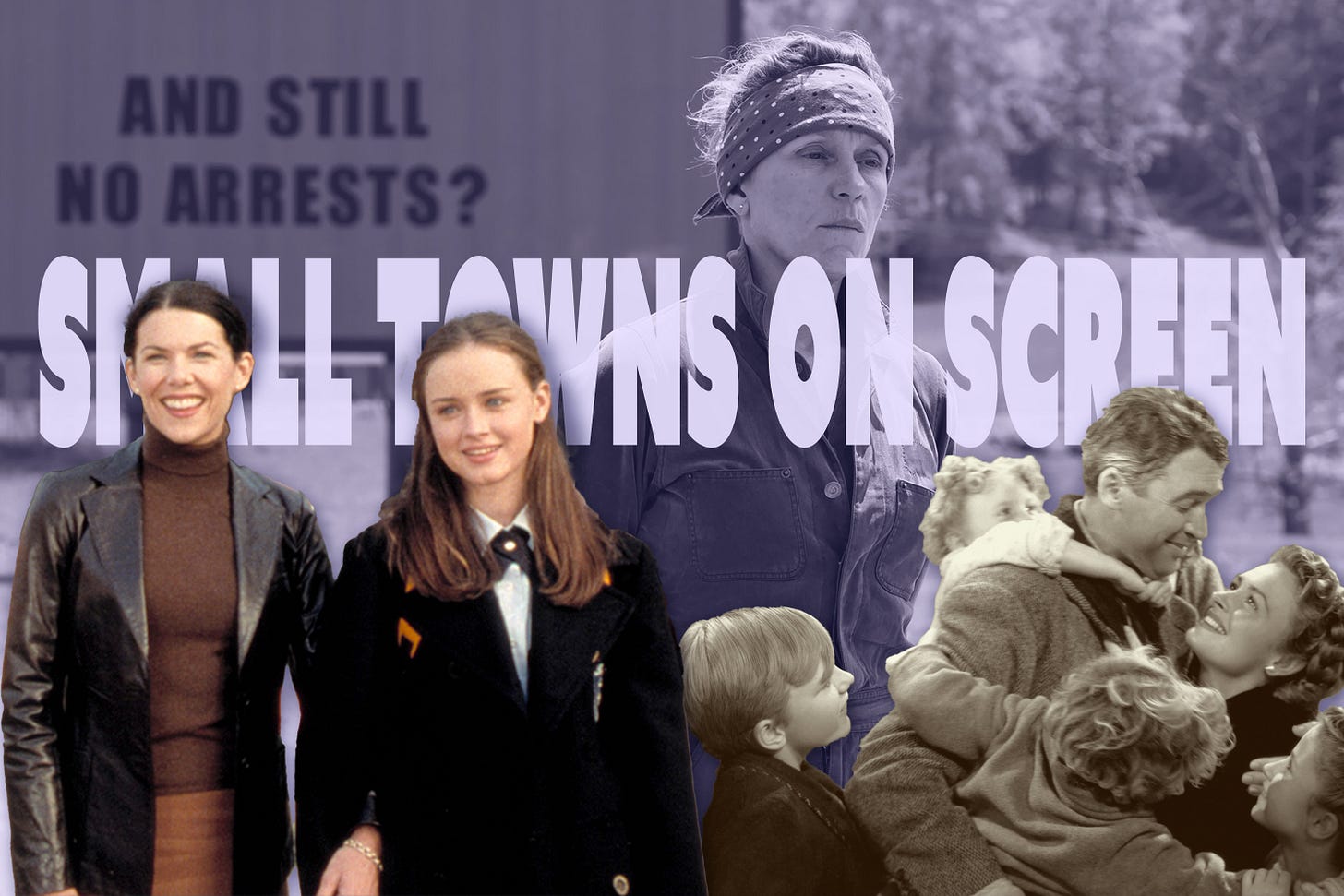
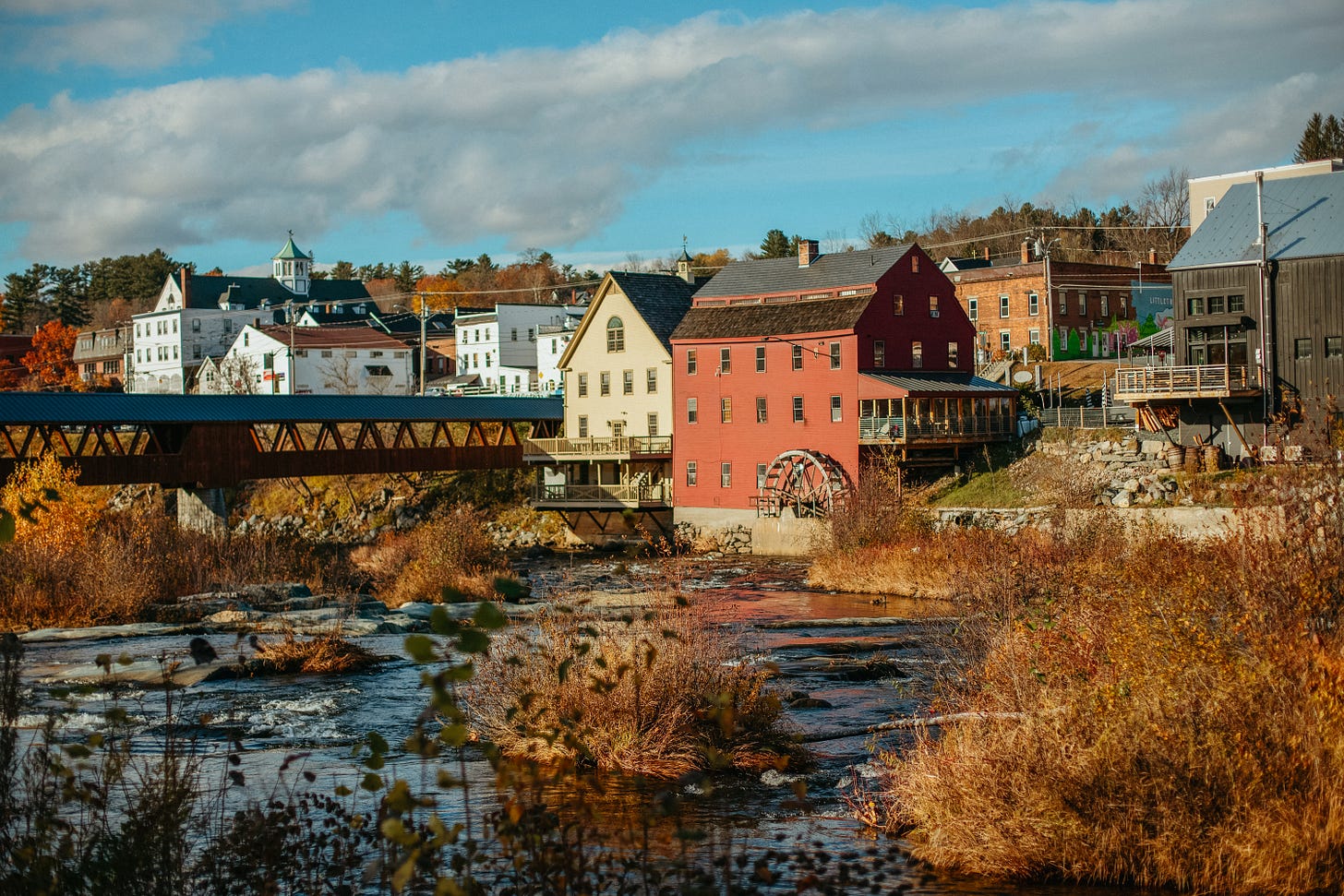
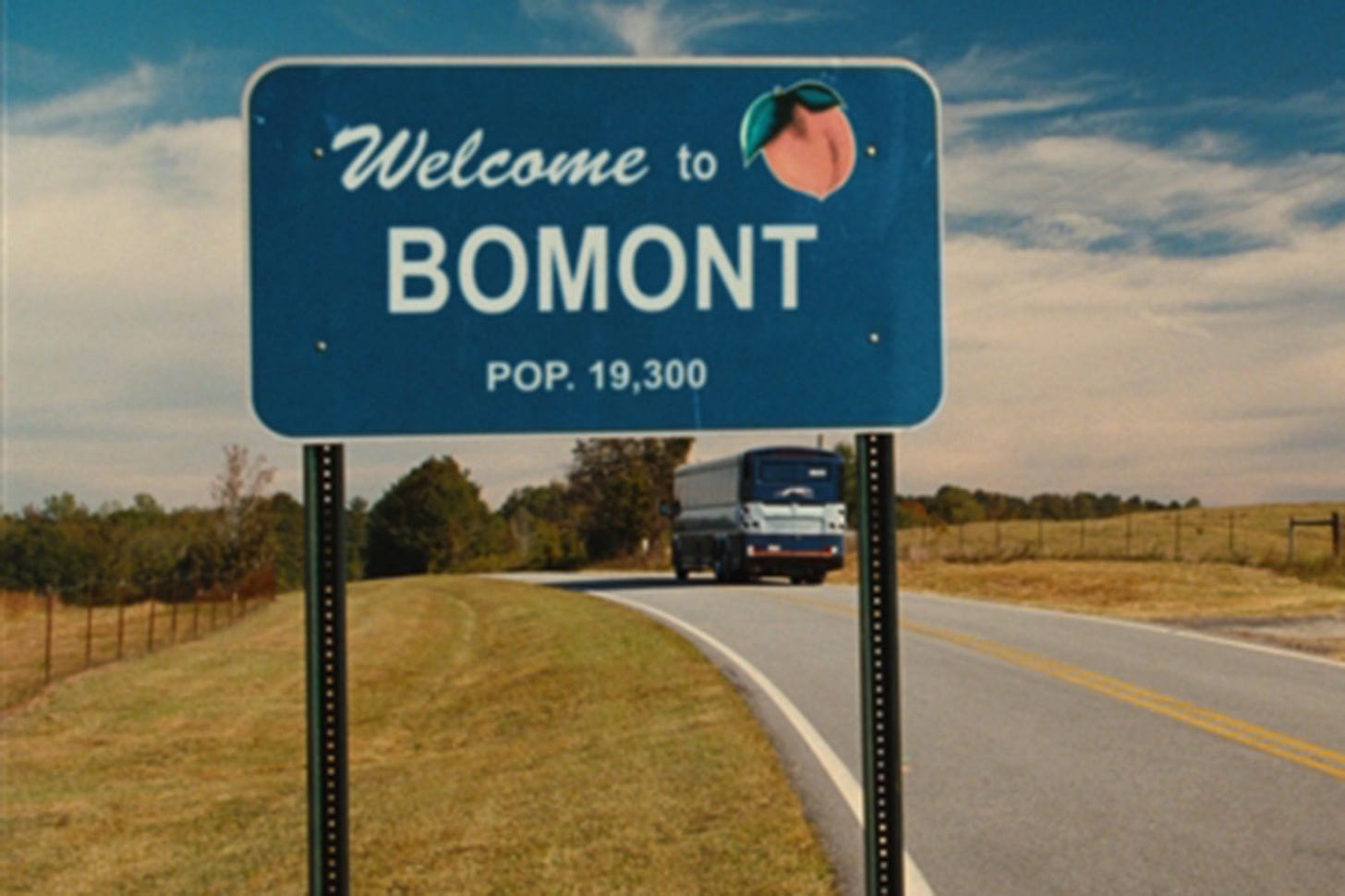
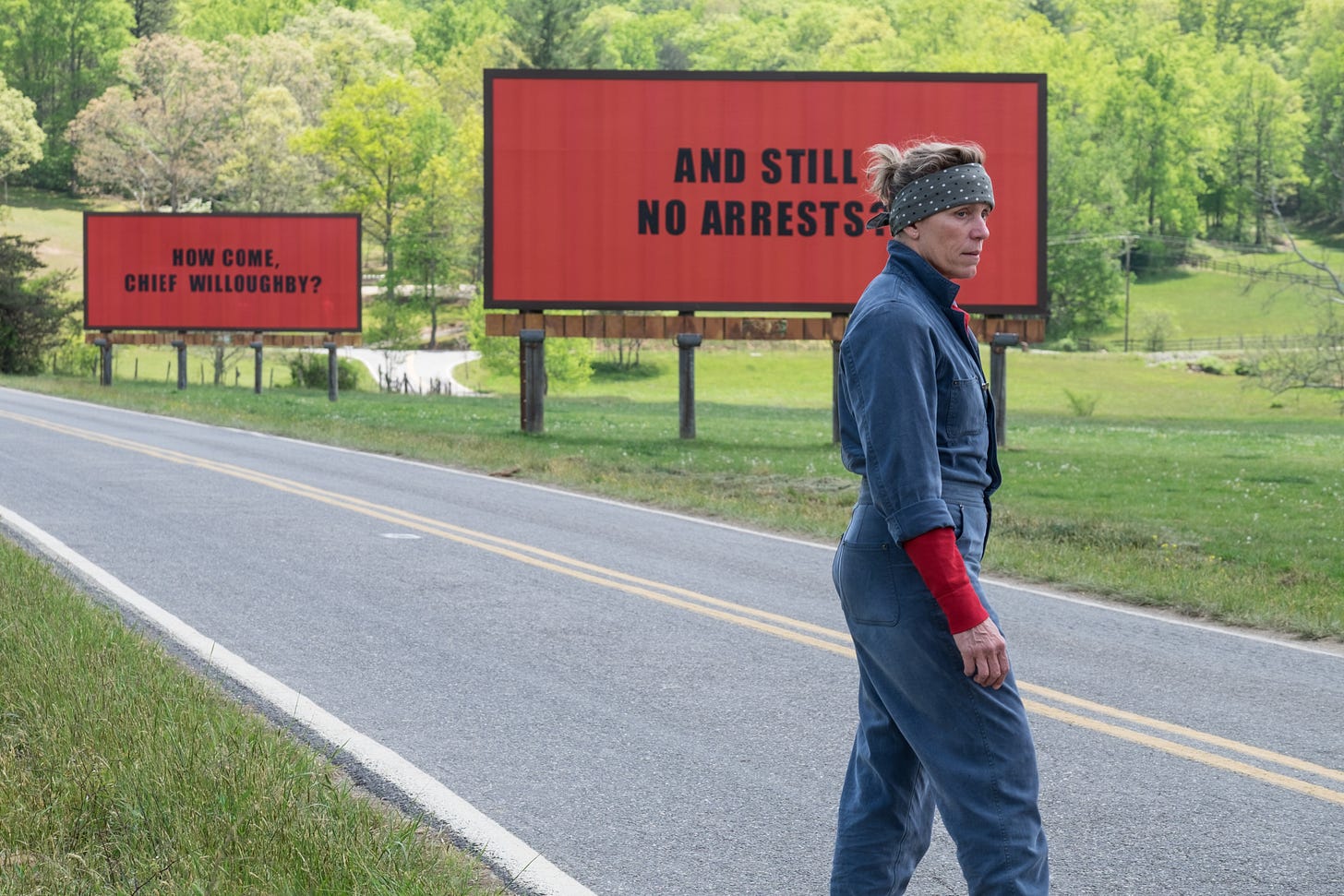
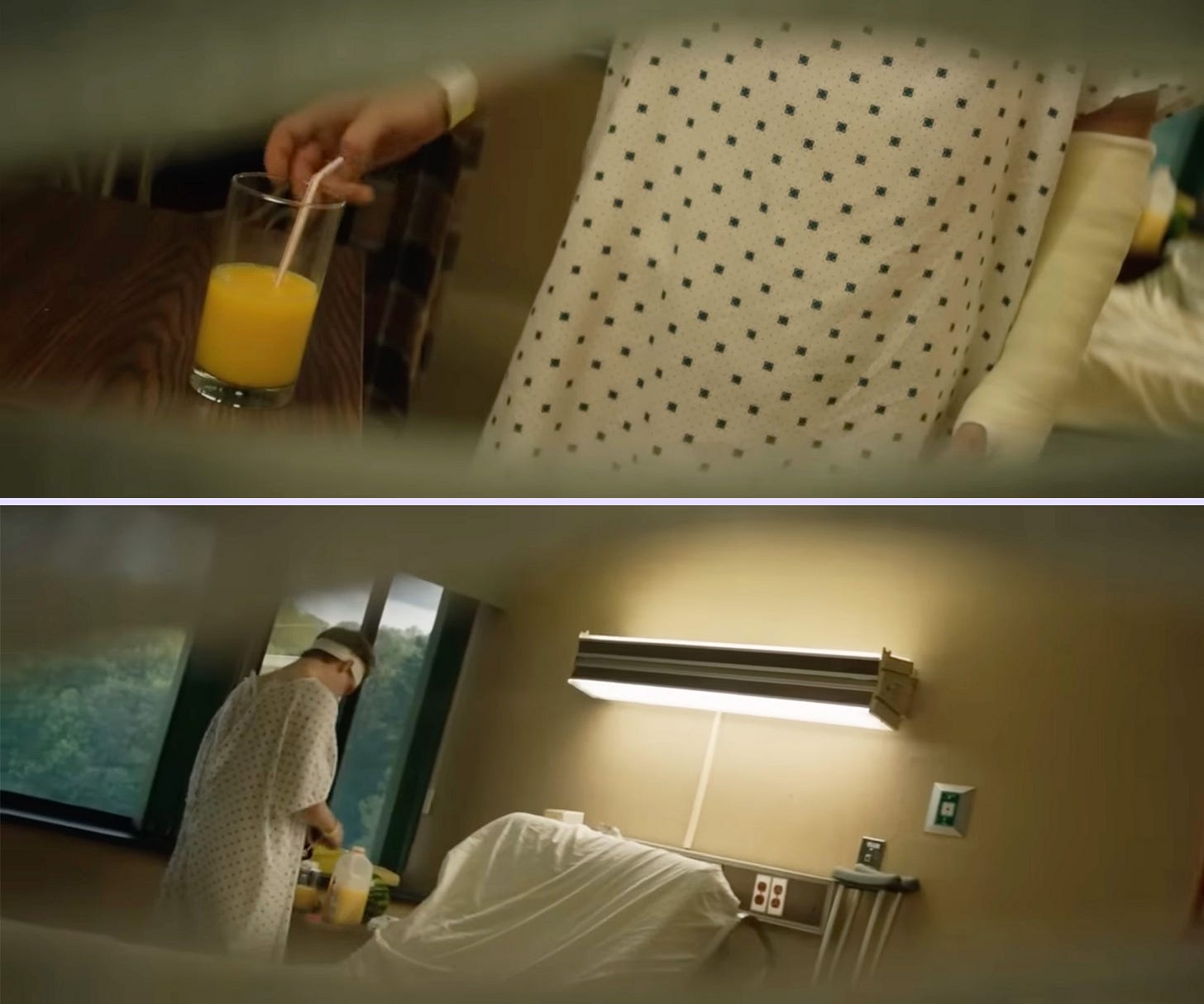
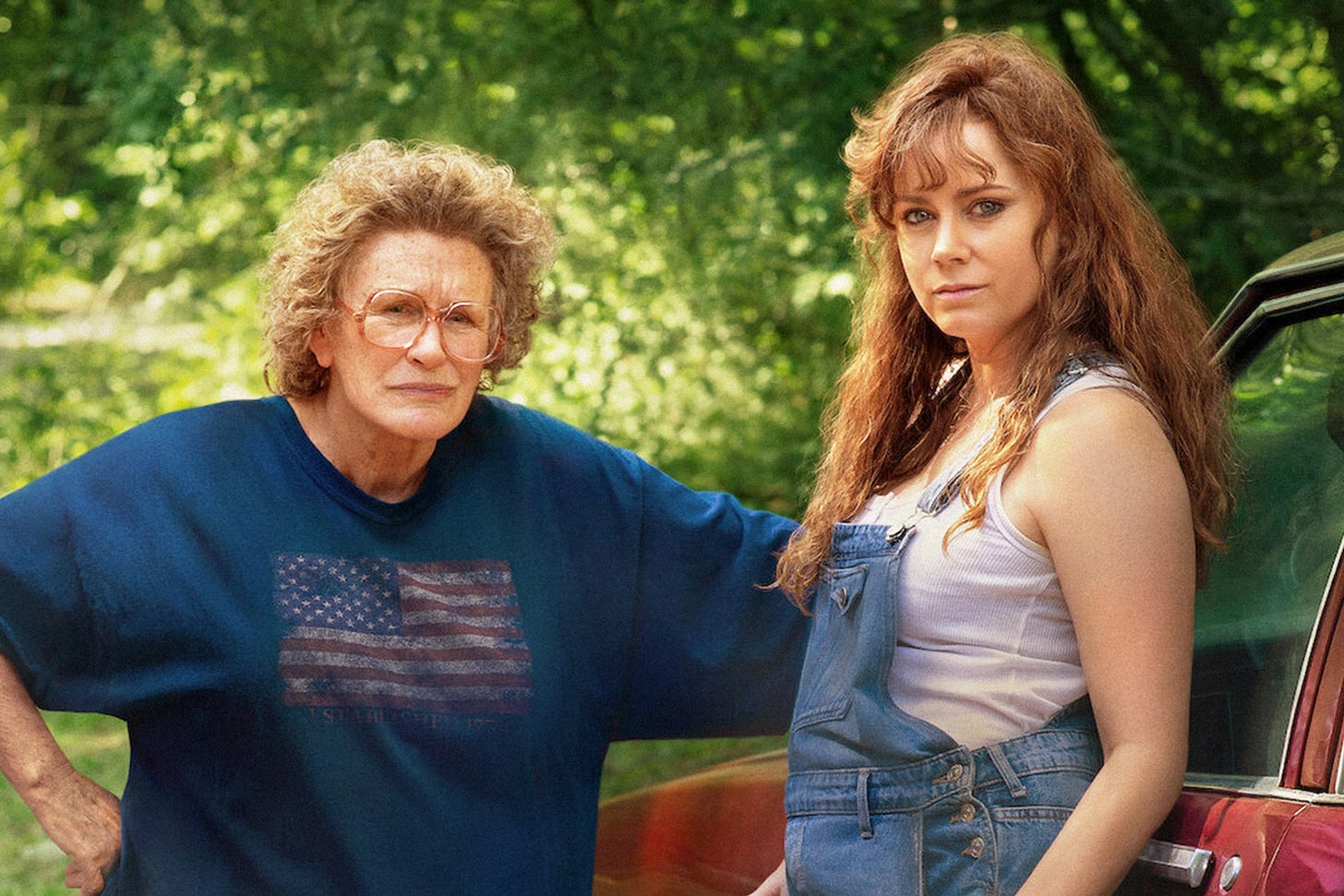
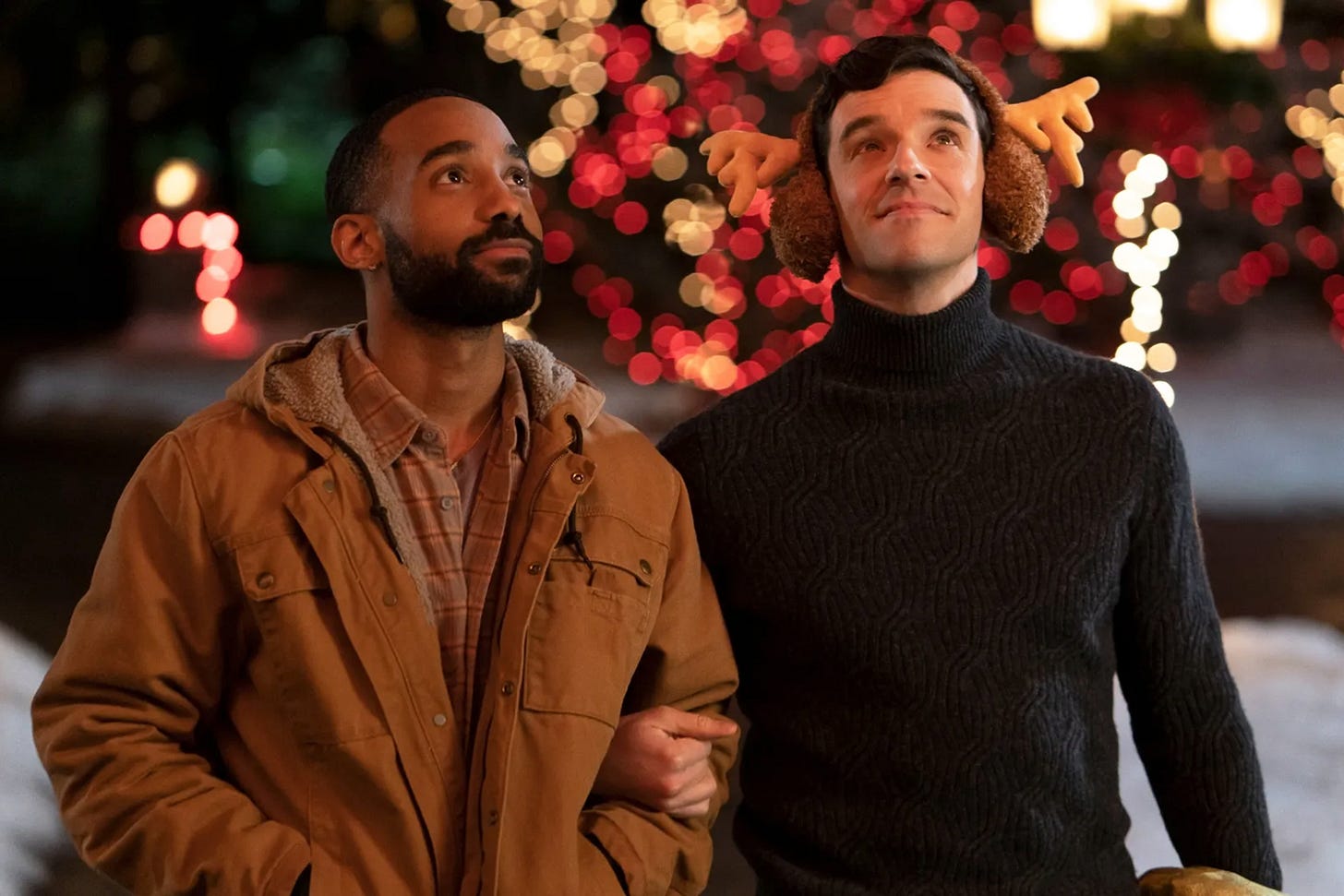
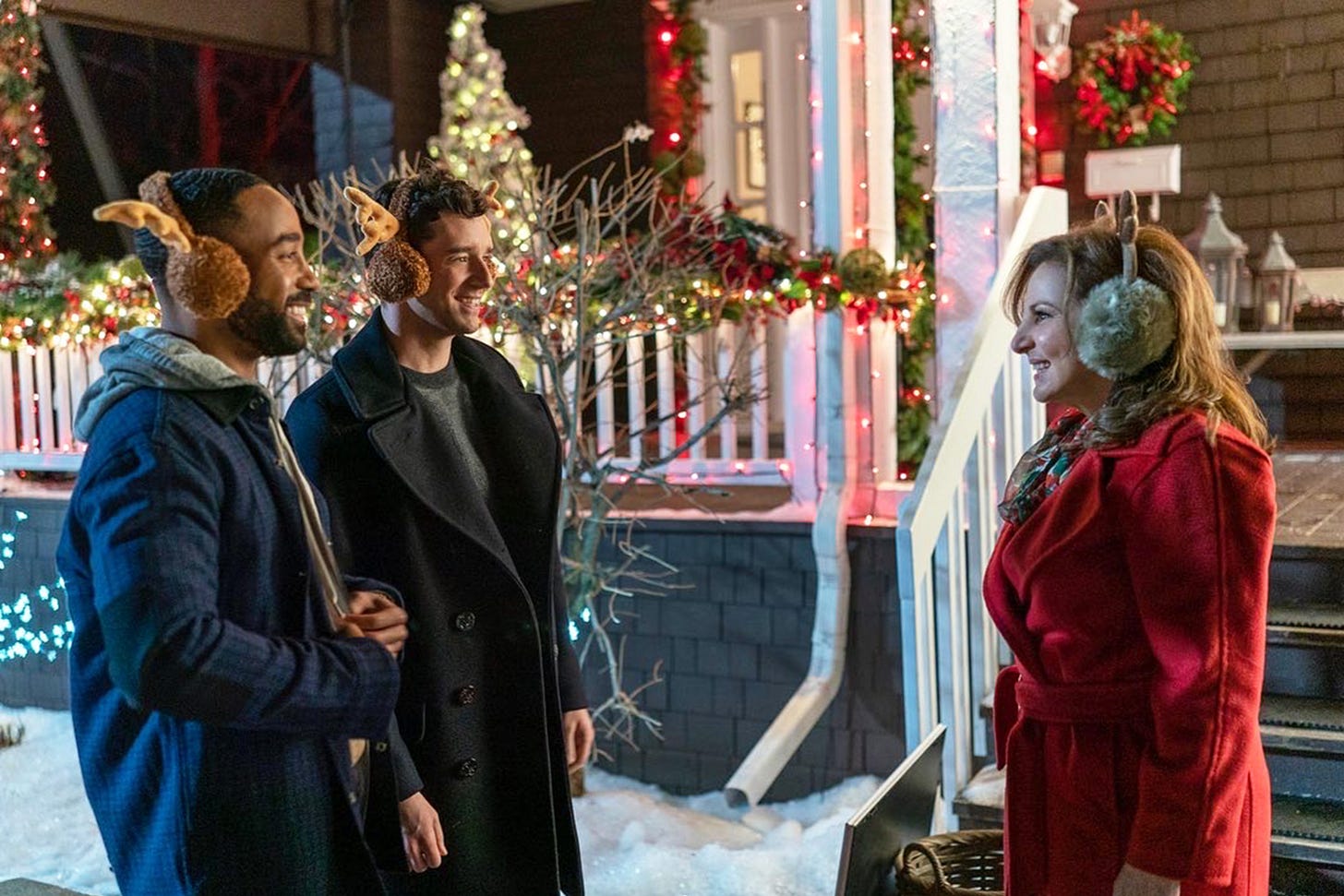
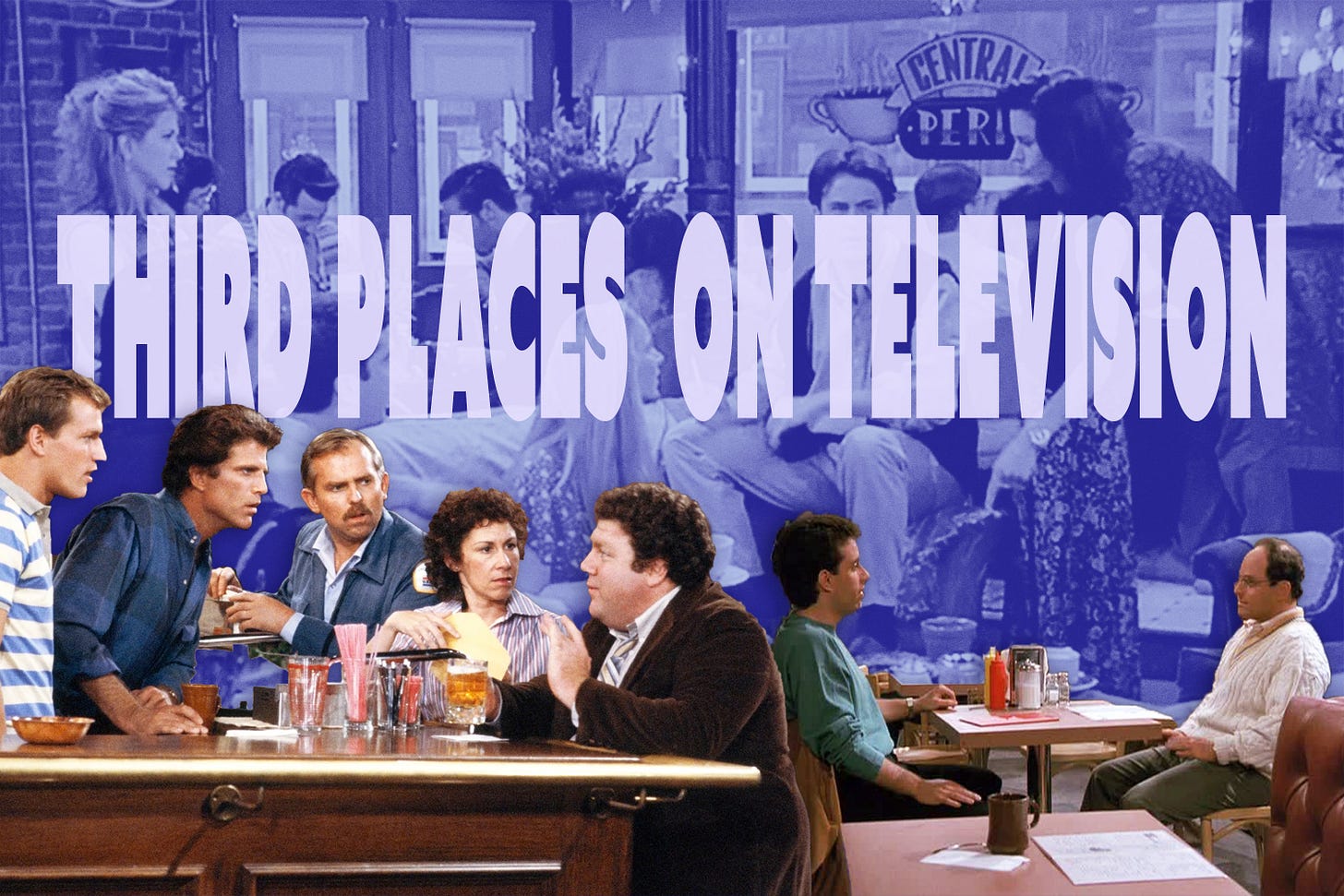
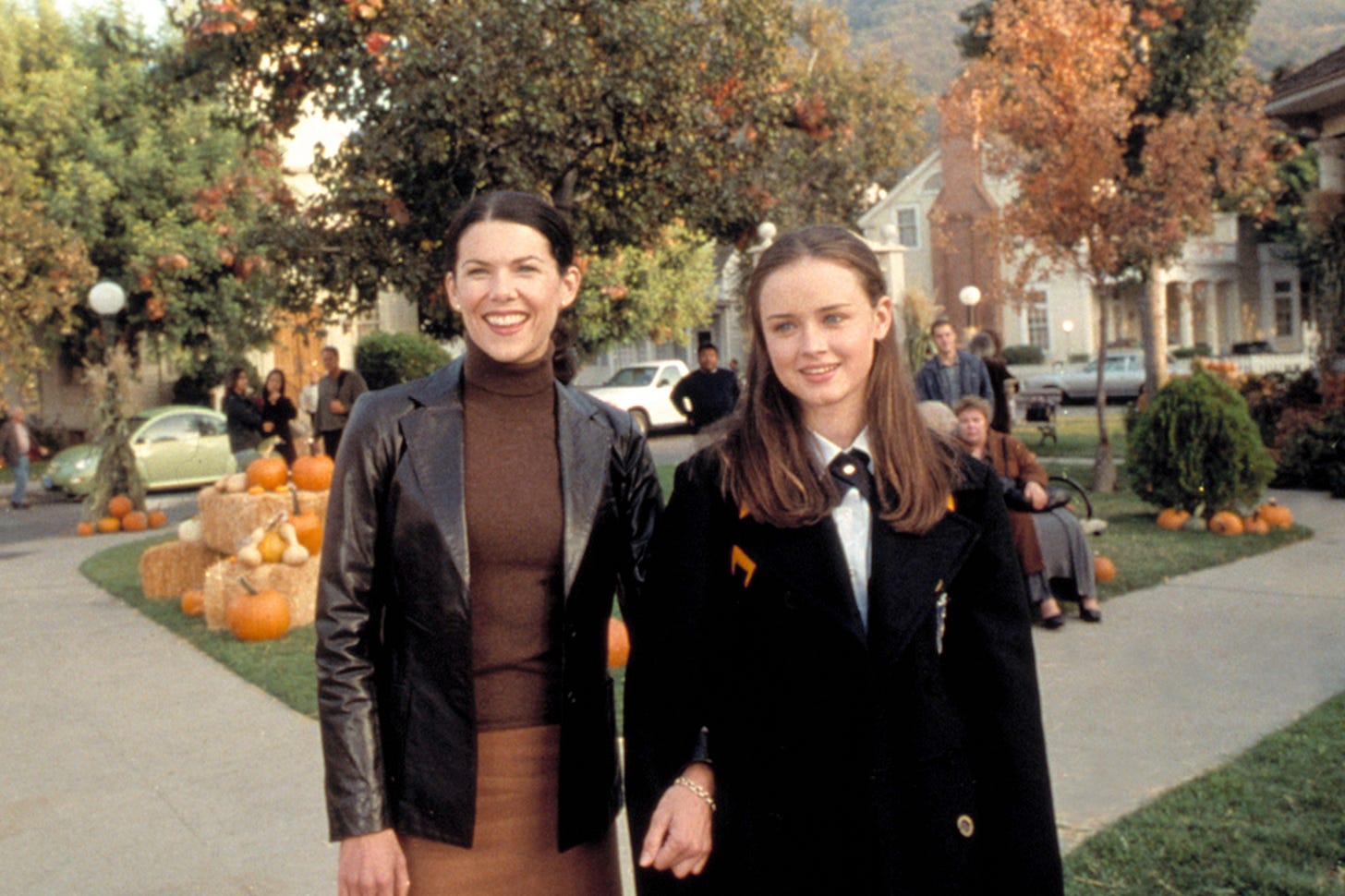
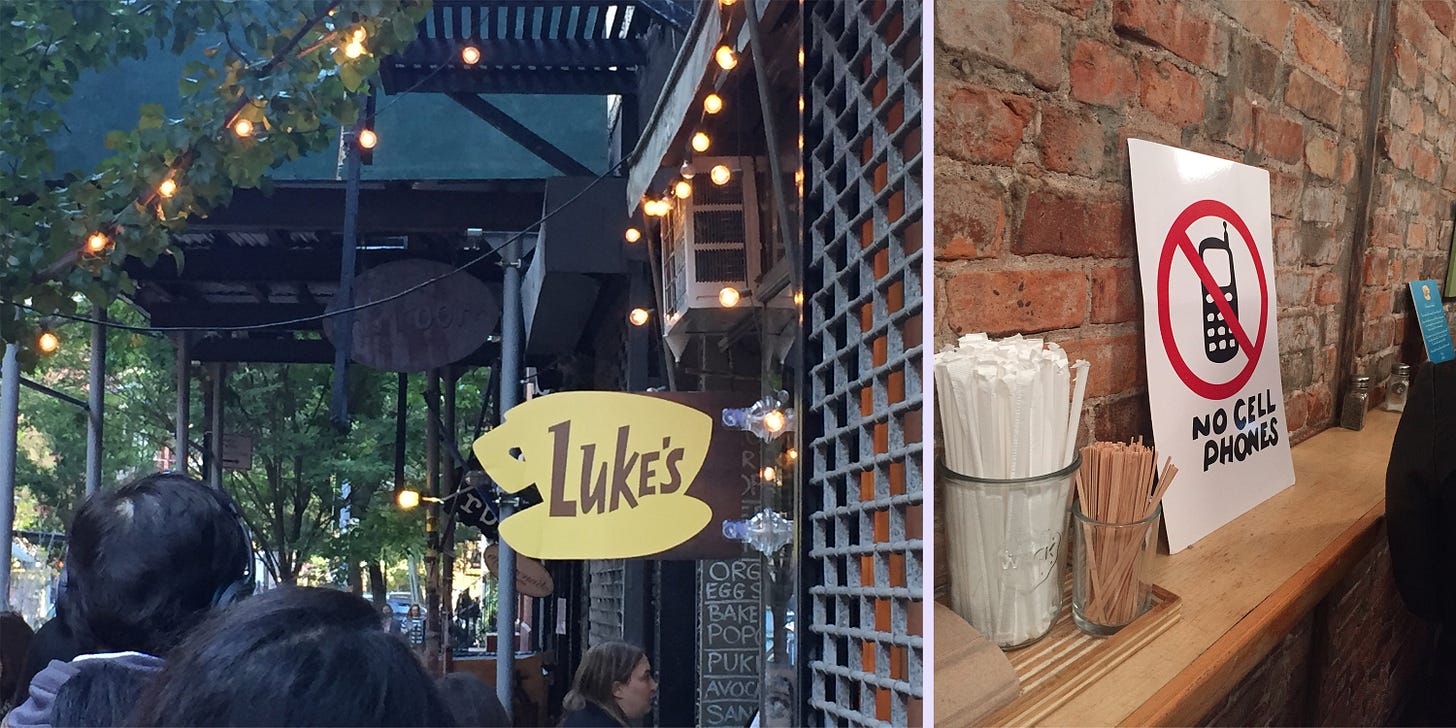
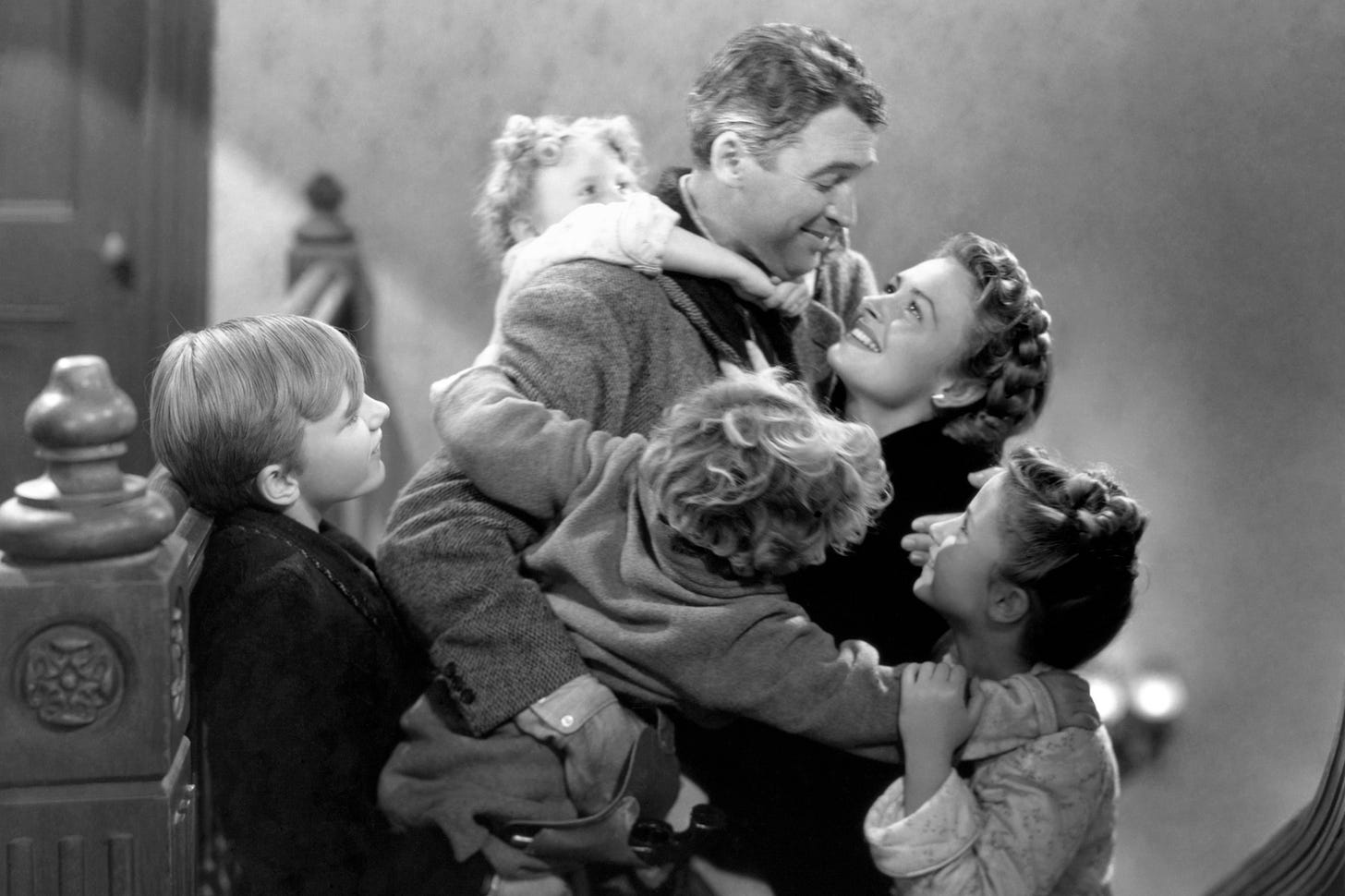
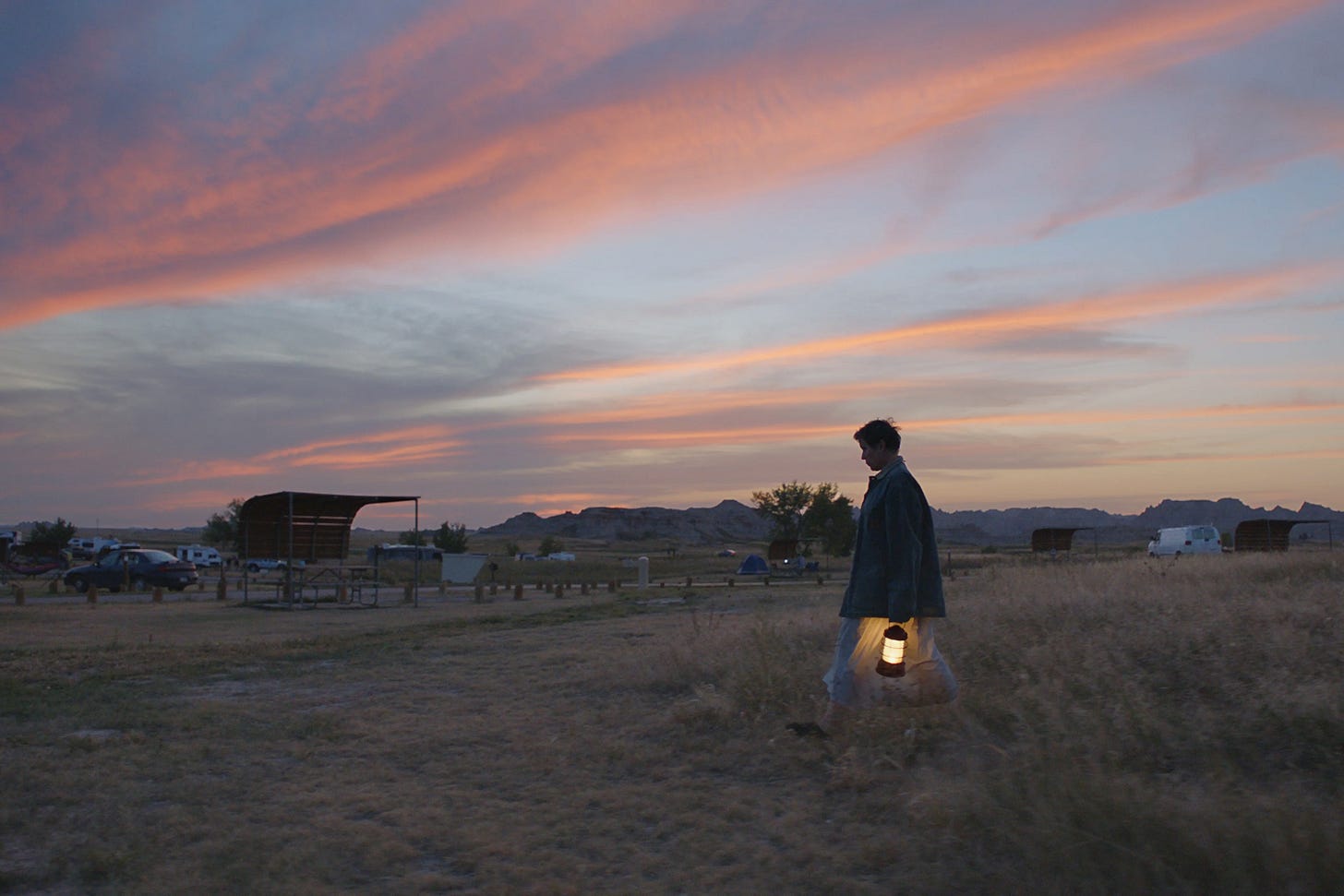
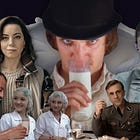
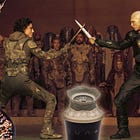

I don't really have a great answer to your closing question, but your post really resonates with something in my own life.
I grew up and still live in the suburbs. In movies, there's a long-running tendency to portray suburbia not as real place but as a symbol of what the filmmakers and writers think is wrong with America: social conformity, consumerism, etc. Think of American Beauty or The Stepford Wives, Happiness, Pleasantville, etc. Suburbia is often depicted as a homogenously white place, which is just not true of suburban California.